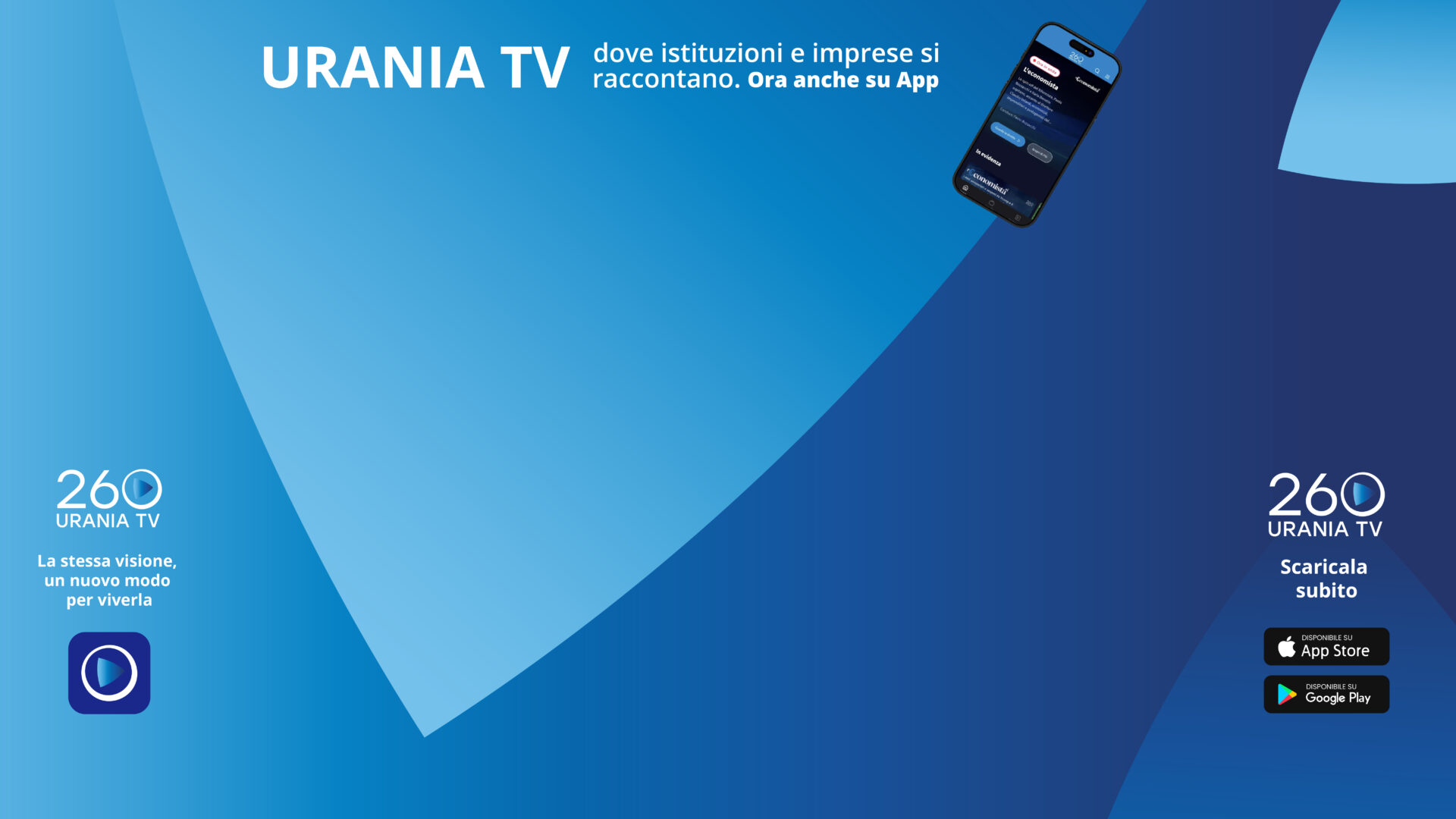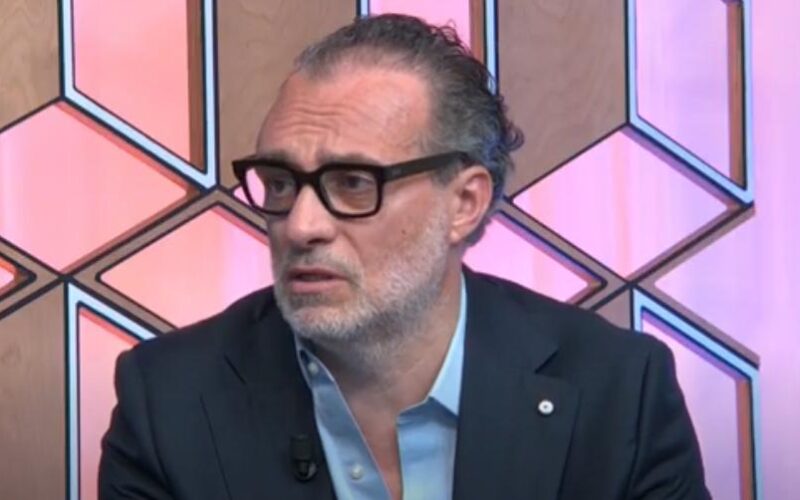Place Lux
Next Generation EU’s Recovery and Resilience Facility: Mid-term review shows promising progress
Di Diana Adly
Next Generation EU’s Recovery and Resilience Facility (RRF) has emerged as a pivotal instrument in revitalizing European economies and societies, surpassing expectations since its launch three years ago. The mid-term evaluation report presented by the European Commission on 21 February underscores the impressive strides made across several fronts, highlighting substantial impacts on economic growth, reform implementation, and strategic investments.
Established in February 2021 as a cornerstone of the EUR 800 billion NextGenerationEU plan, the RRF has disbursed nearly EUR 225 billion to member states, with Italy emerging as one of its primary beneficiaries. This substantial financial injection has played a crucial role in addressing the ramifications of the COVID-19 pandemic and advancing green and digital transitions across the continent.
According to the report, the Commission assessed 1,153 out of 6,266 (18%) milestones and targets as satisfactory. In addition, Member states reported the completion of a further 1,238 milestones and targets (38%). More than half (54%) of all milestones and targets are expected to be completed by the end of 2024.
The results are extremely positive, both in terms of the impact of the investments generated and in terms of the strong increase in reforms implemented in Member States. The RRF has significantly bolstered public investment, with estimates suggesting a rise in the public investment rate to 3.5% of GDP by 2025, driven primarily by EU funding. Unlike previous crises, the COVID-19 pandemic saw an increase in public investment, showcasing the RRF’s pivotal role in supporting economic recovery and growth. Moreover, as highlighted by Commissioner for Economy Paolo Gentiloni, a key aspect of the RRF is its role in fostering reforms, with the implementation of country-specific recommendations witnessing a remarkable increase from 52% to 69% within two years. This surge in reform momentum underscores the RRF’s effectiveness in addressing long-standing challenges and driving structural changes in member states.
The RRF’s agility and strategic utilization by Member States are evident in its response to evolving challenges. In this regard, Executive Vice-President Valdis Dombrovskis emphasized the transformative nature of the RRF, remarking on its ability to enhance sustainability, resilience, and drive green and digital transformations. The mid-term review underscores the efficacy of its innovative performance-based approach, flexibly adapting to emerging challenges such as inflation and energy security concerns.
Revisions to national plans have addressed issues such as increased energy prices, inflation, and supply chain disruptions, demonstrating the RRF’s adaptability to dynamic circumstances.
Clearly, a major highlight of the RRF’s impact is its contribution to the EU’s green transition. All Member states’ plans have exceeded climate objectives, with substantial funding allocated to green initiatives. Through initiatives like REPowerEU chapters, the RRF aims to accelerate clean energy production, promote energy efficiency, and drive sustainable manufacturing practices.
Looking ahead, the RRF is poised to accelerate implementation, with a significant increase in payment requests anticipated in 2024. The Commission expects over €100 billion in additional payments by year-end, further driving reforms and investments that will yield positive outcomes for EU citizens and businesses.
It’s also worth mentioning that the Next Generation EU has made the Commission a major player in the capital markets: the issuing volume has increased from EUR 0.4 billion in 2019 to EUR 120 billion in 2021. According to Gentiloni, this has also strengthened the international role of the euro.
While the mid-term evaluation underscores the RRF’s substantial achievements, it also identifies areas for improvement, emphasizing the need for flexibility in program design and implementation. Adequate administrative capacity and stakeholder engagement are highlighted as crucial elements for ensuring continued success.
As the RRF progresses towards its culmination in 2026, its mid-term review serves as a testament to its efficacy in delivering tangible results and steering Europe towards a greener, more resilient, and competitive future. The mid-term evaluation sets the stage for further collaboration and refinement, ensuring that the RRF continues to play a pivotal role in Europe’s post-pandemic recovery and long-term growth.








